Most arenas cost under $500 and will last up to 16 months!
It works on the fundamentals of physics and does not rely on harsh, leaching chemicals to achieve its goal. Conventional dust control products often bind footing together too tightly, offering a short-term solution and a long-term problem.
- Conquer the Dust in your arena safely
- Works on indoor and outdoor arenas
- Can be used on dirt paddocks and turnouts
- Reduce your watering by up to 75%
- Increase longevity and texture of your footing
- Can last up to 16 months between treatments
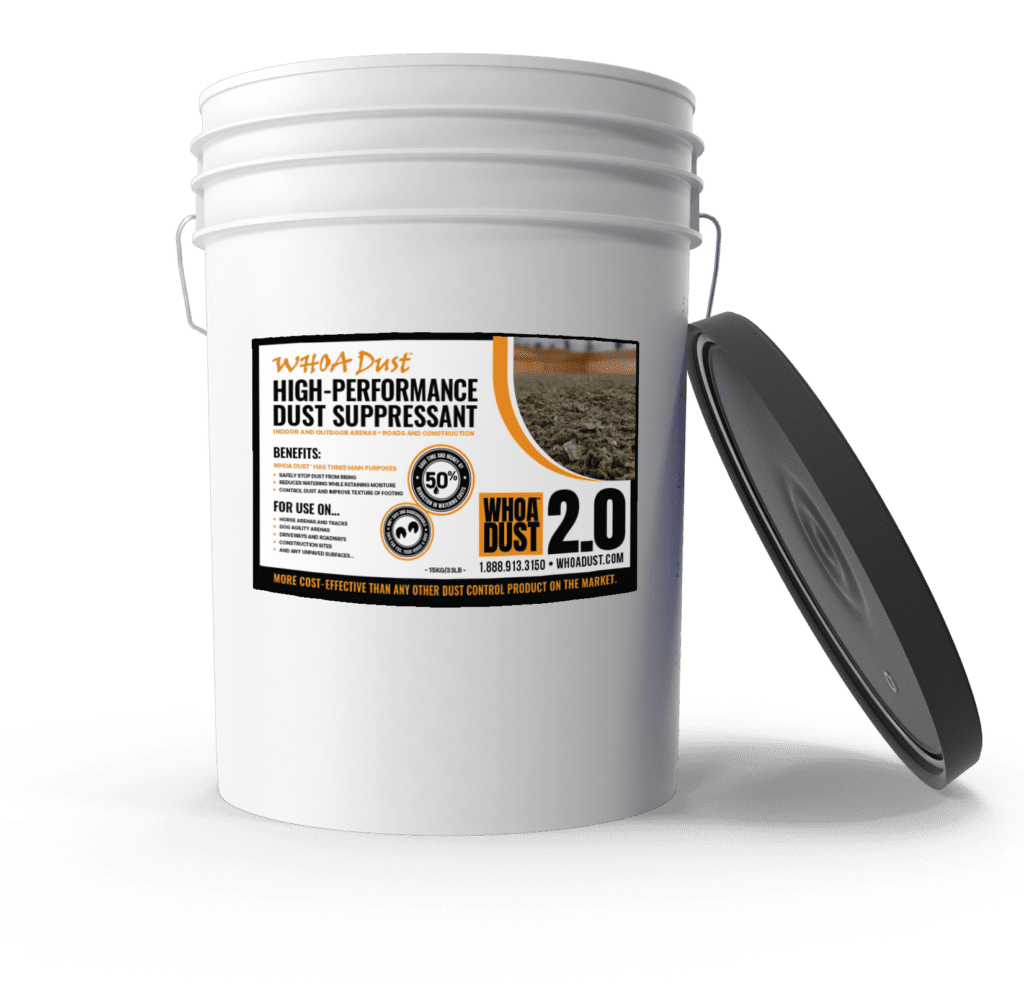
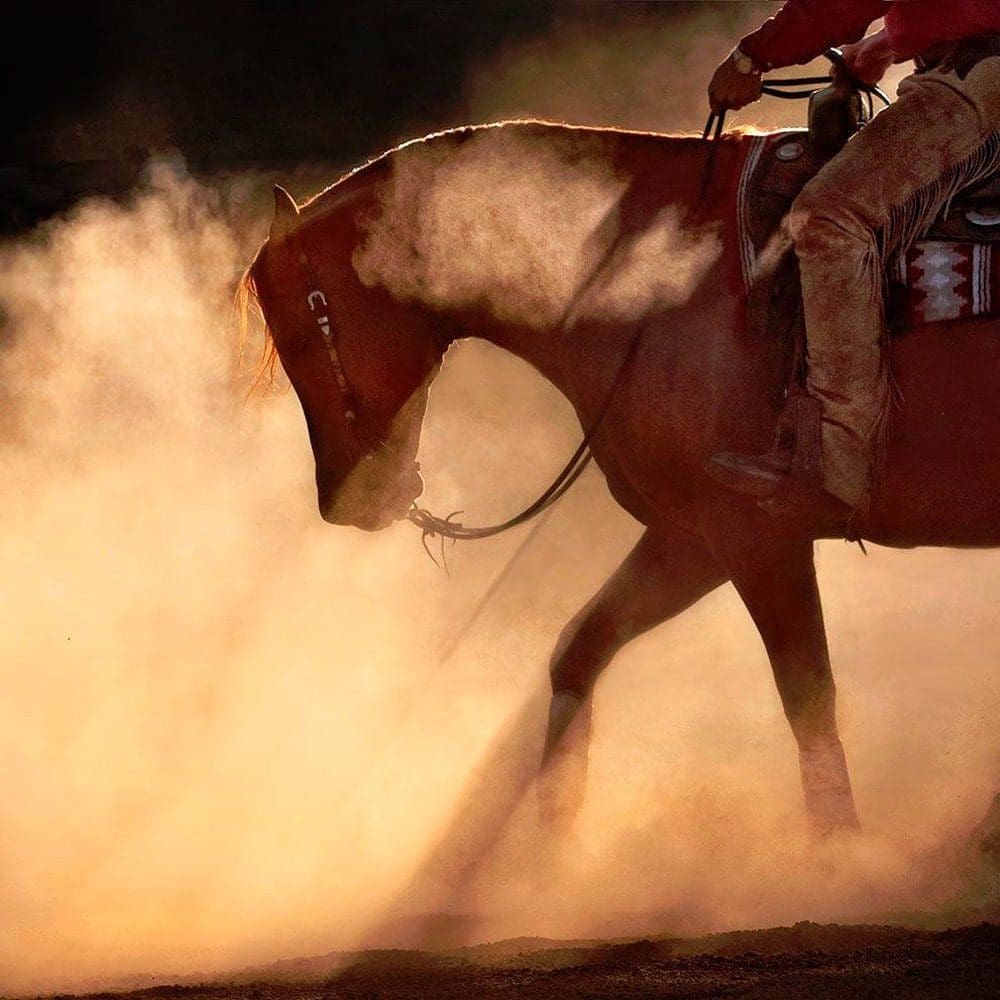
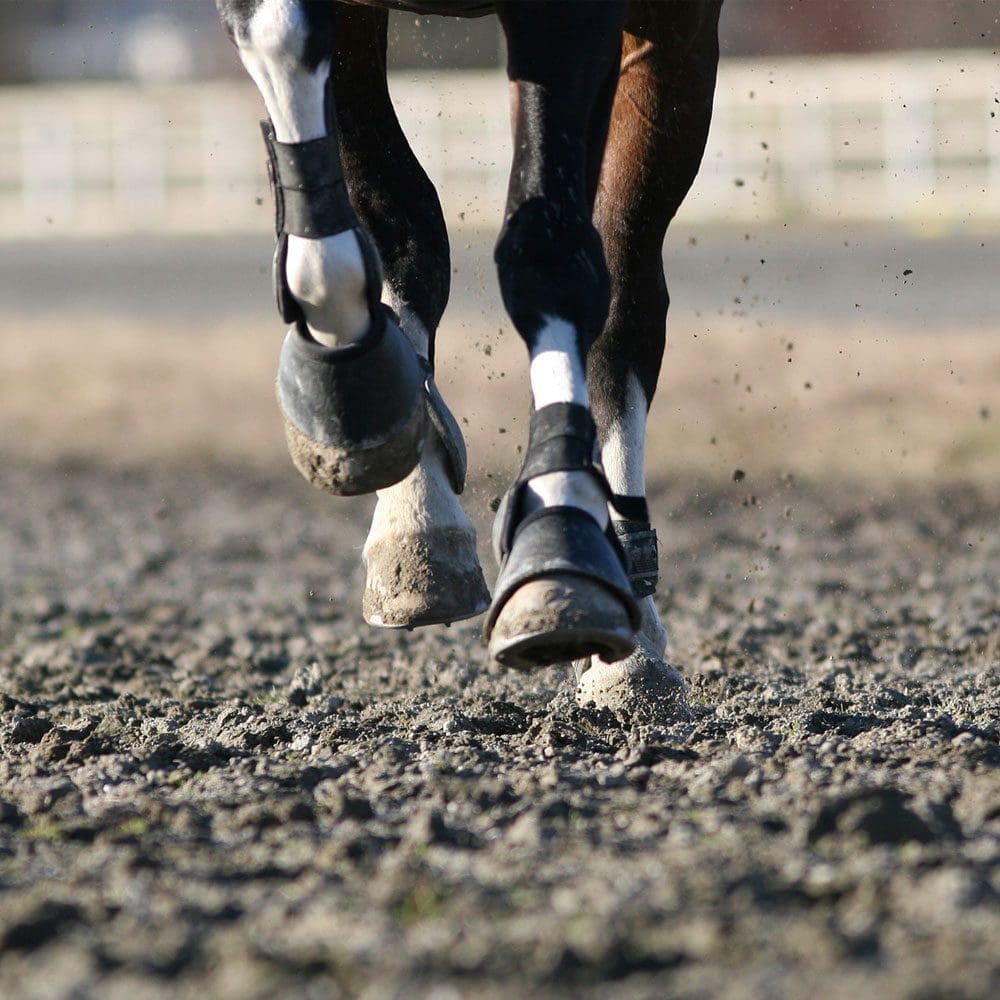
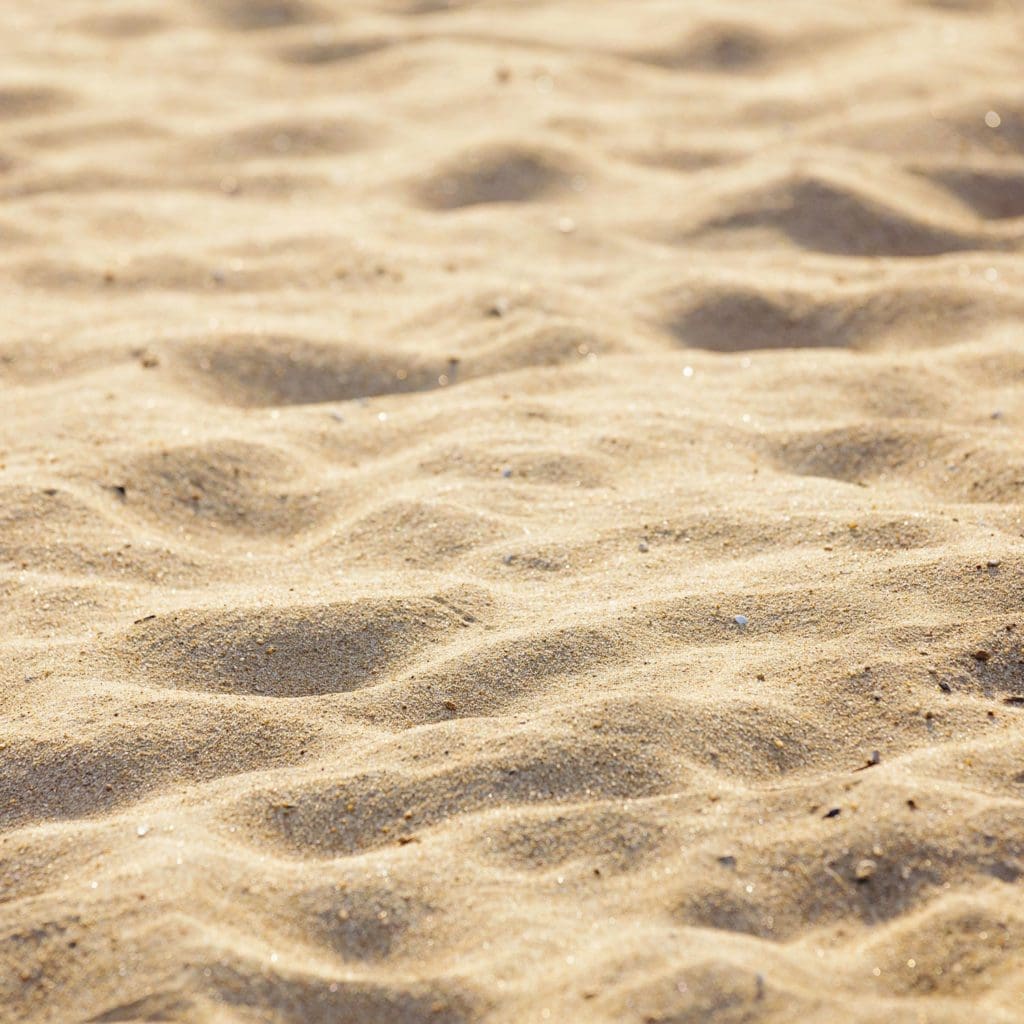
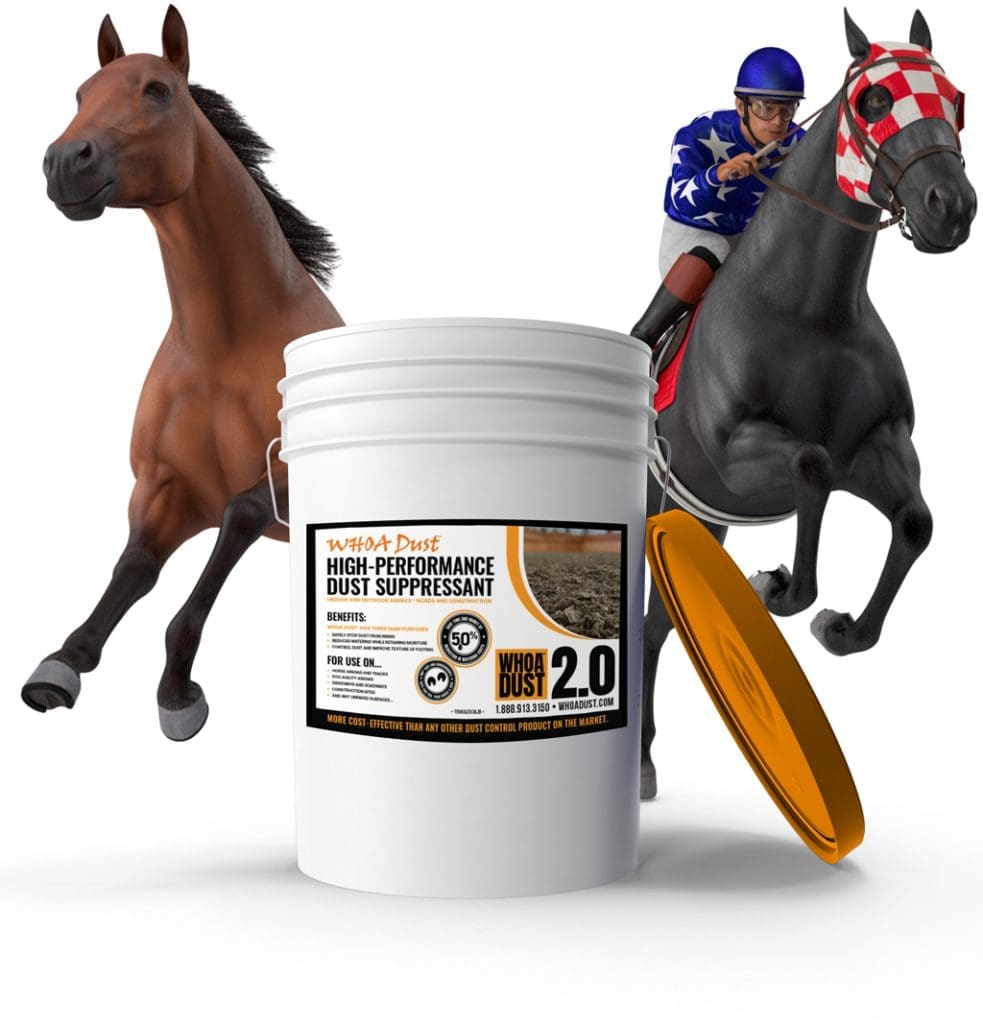
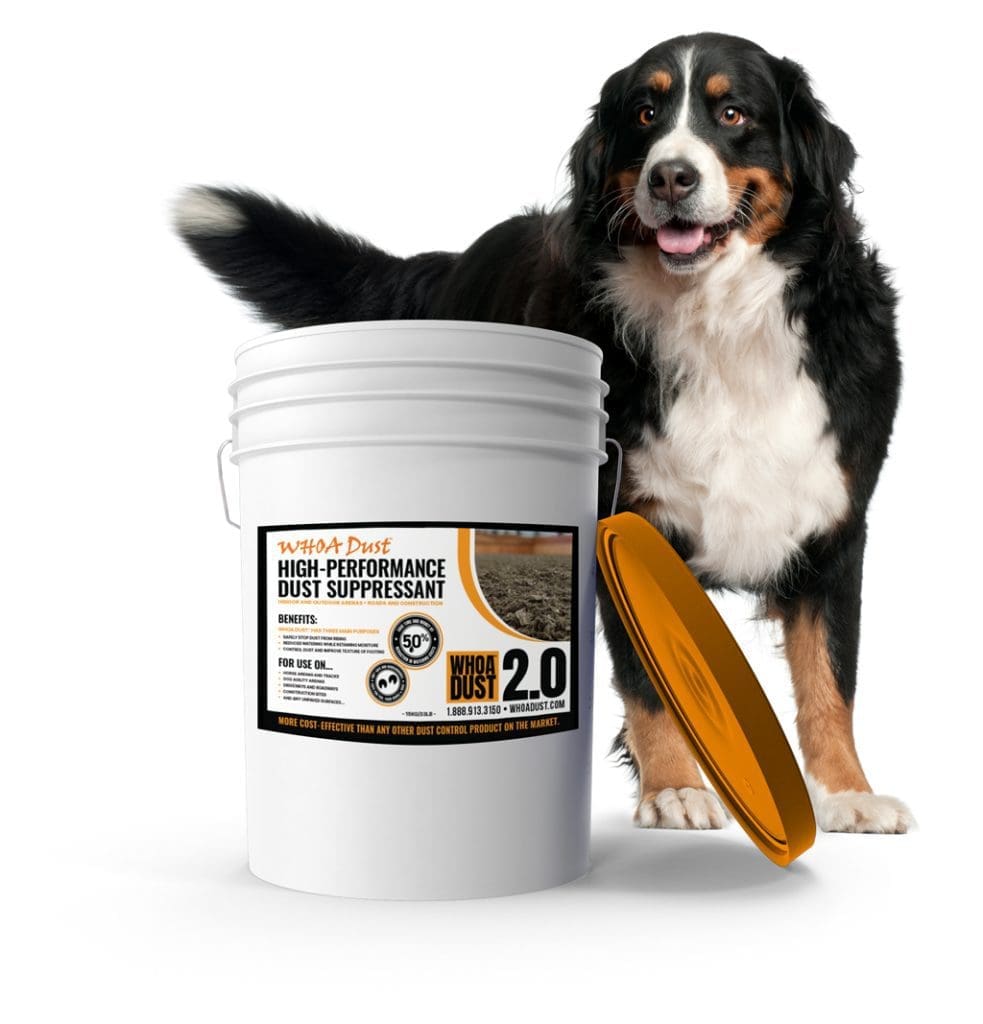
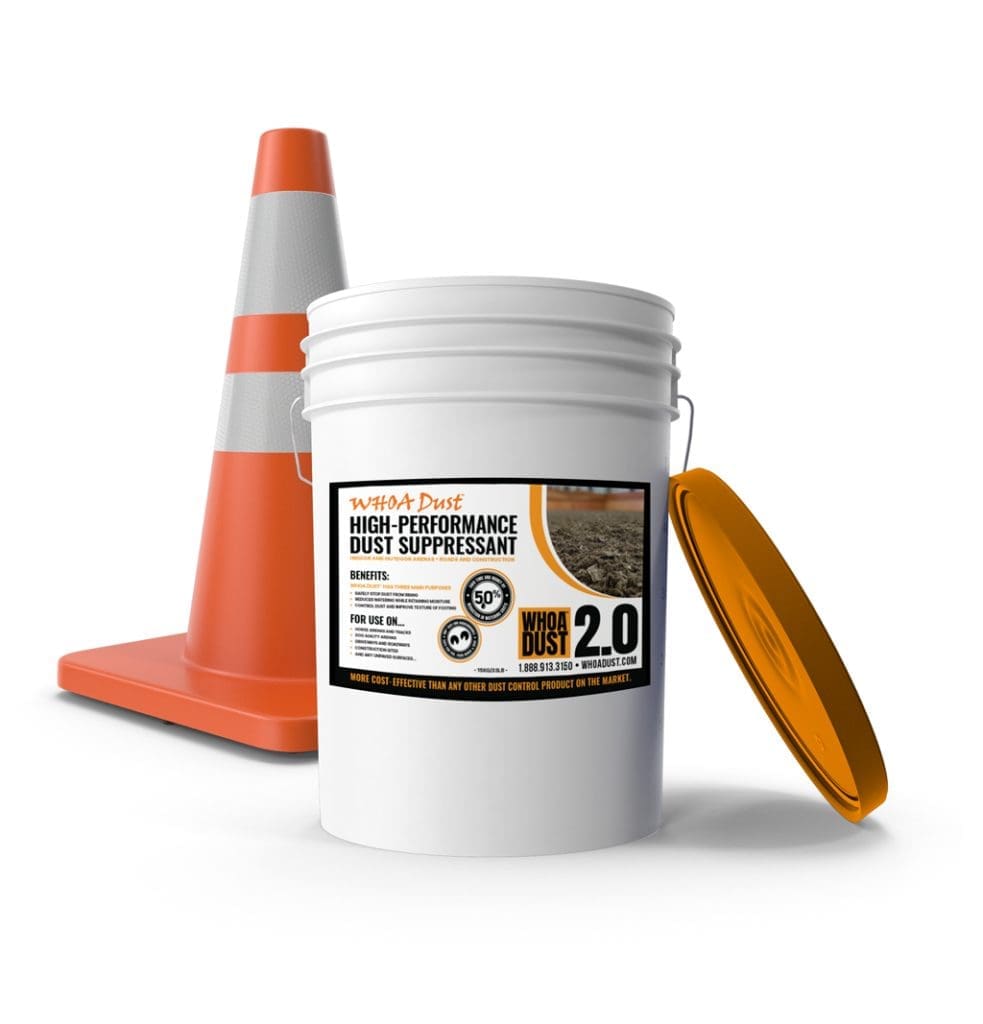

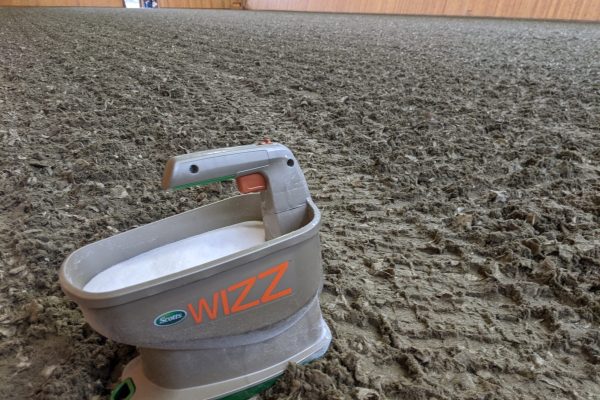



This winter was the easiest winter we have had in terms of arena maintenance. With virtually no watering, the footing stayed moist and consistent. It did not move or shift near as much as before and the outside track could handle a lot more traffic before it needed to be raked. So far I have been very happy with the results of WHOA DUST™ and would recommend it to anyone."